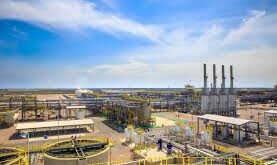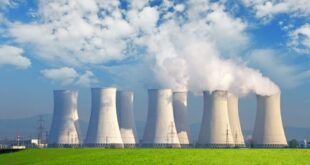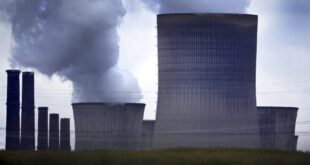A group of Norwegian companies is developing solutions to achieve zero emission shipping on Norway’s world heritage fjords that are slated to combine liquid hydrogen fuel cells with battery storage by 2023.
For this purpose. Bergen-based system integrator Norwegian Electrical Systems (NES) intends to plant a 3.2MW hydrogen fuel cell onto a large vessel currently being designed by Havyard Design for the shipowner Havila.
It would be the largest fuel cell ever placed on a large vessel. and utilised instead of the more frequently used compressed gas. Batteries are planned to store additional energy to make the system fully emissions free.
“The ability to move to a 3.2MW fuel cell that enables the vessel to sail zero emission for long distances along the coast will be a milestone within green shipping.“ said Stein Ruben Larsen. senior vice president sales at NES.
“For tourists experiencing the Norwegian coastline it means this vessel will be able to enter the country’s unique ad beautiful world heritage fjords where vessels powered by any form of hydrocarbon that produces CO2. exhaust and other emissions will be banned from 2026.“
Norway’s electricity is mostly generated from clear hydro power and some onshore wind. but commercial and cruise ships running on fossil fuels have been polluting coastal communities. and causing substantial CO2 emissions.
Shipping according to the International Maritime Organisation (IMO) is causing 2.5% of global greenhouse gas emissions. and according to the EU are responsible for some 13% of the economic block’s emissions in the transport sector.
With electricity not being an option. green hydrogen produced from renewables such as offshore wind is seen as an alternative fuel to lower or end emissions in the shipping sector.
Experiences to be won in Norway could also be interesting for larger economies like Germany. which in a draft for a national hydrogen strategy seen by Recharge mentions it plans a massive use of hydrogen in difficult-to-decarbonise parts of the transport sector. such as shipping.
The vessel being retrofit for Havila is part of Havyard Group’s FreeCO2ast development project.
The project team is also working with chemicals group Linde. and fuel cell supplier PowerCell to obtain an approval in principal for the hydrogen system.
Norwegian Electric Systems had started looking into batteries in 2013. but has now expanded its business to look at fuel cell integration to also be able to decarbonise larger ships.
“For some vessels batteries will be feasible.“ NES technical vice president Torbjørn Haugland said.
“But for larger vessels and longer routes batteries will not have enough power or capacity. Here. we need to look at other solutions. and fuel cells are part of this solution.“
“However. we cannot use fuel cells powered by hydrocarbons. so. with the growing acceptance and production of hydrogen. we looked at integration of a liquid hydrogen tank and the required fuel delivery system.“
Havila from 2021 on will have four vessels sailing along the Norwegian coast. at first equipped with battery packs and natural gas as fuel.
 Iran Energy News Oil, Gas, Petrochemical and Energy Field Specialized Channel
Iran Energy News Oil, Gas, Petrochemical and Energy Field Specialized Channel



